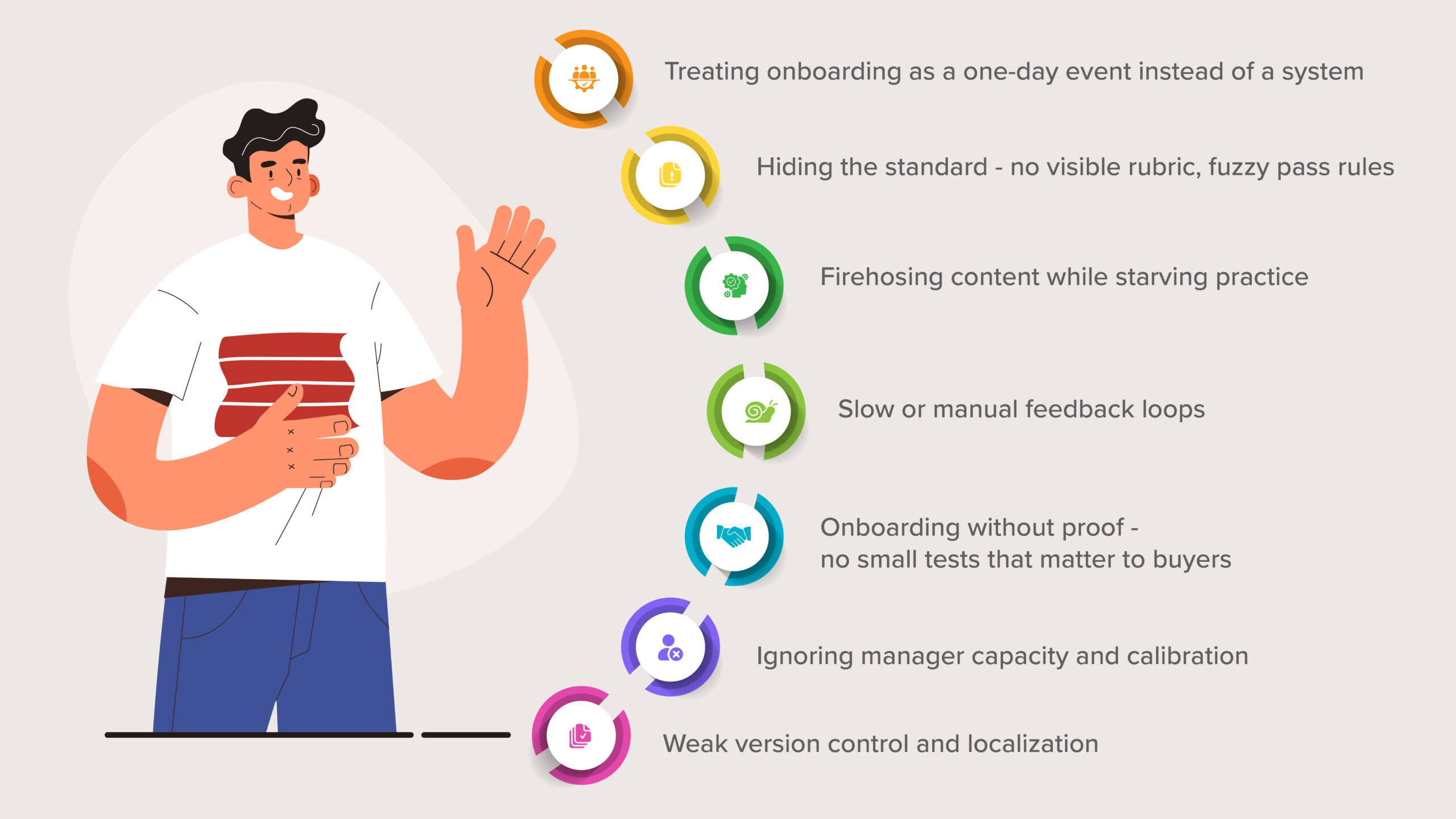8 Key Stages that the Best Sales Process Covers

What is a Sales Process?
A sales process is a set of steps that your customer-facing employees follow when moving a customer along the sales funnel. It begins before they make contact with a prospect and often continues long after the sale is finalized.
Why is it important to have a well-defined sales process?
- Better understand every stage of your sales pipeline
- Develop more effective sales and marketing alignment strategies
- Move prospects along the buying process more quickly
- Smoothly onboard new hires when expanding your sales team
- Managers get to understand when and why a sale has stalled
- Managers can see if a particular rep is having a problem at any stage of the sales process so that they can put a coaching program in place to help that rep
What stages does a perfect sales process cover?
A comprehensive sales process encompasses all major customer interactions from prospecting to selling to nurturing. A typical sales process in the simplest terms goes through the following stages:
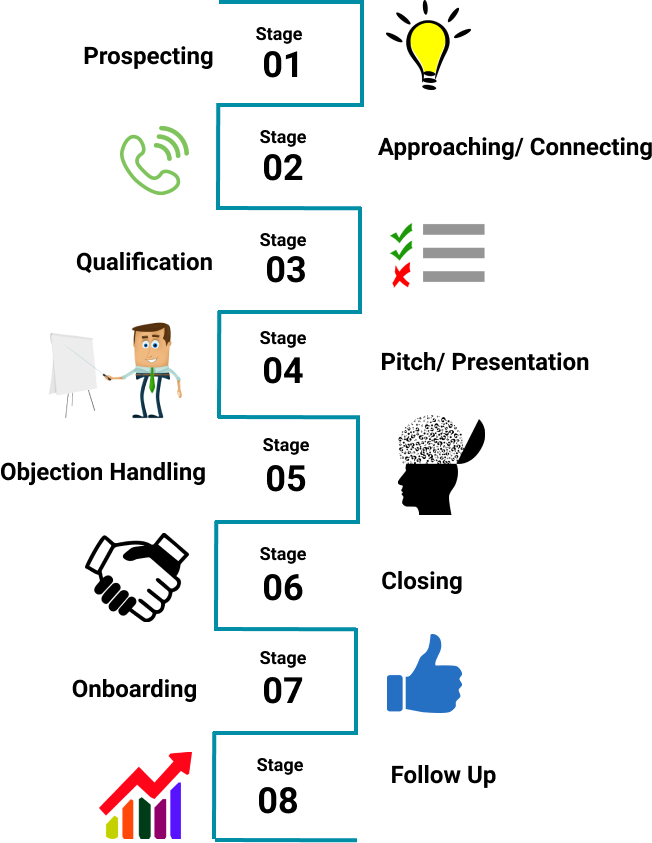
Stage-1: Prospecting
Prospecting, also known as lead generation, involves sourcing early-stage potential leads and researching to find their contact information. At this stage, your sales/ marketing employees could carry out the research for generating new leads by leveraging
- Social media
- Existing networks
- And customer referrals
When it comes to prospecting, it’s a good idea to have in mind the ideal customers in the form of buyer personas. This enables the reps to segment the audience and target them more effectively.
Studies show that at least 50% of prospects won’t be a good fit for what you sell. So it’s important that your reps keep this in mind so that they don’t end up with lots of ill-suited leads, or too few good ones. This enables them to make the most of the sales prospecting stage.
Stage-2: Approaching/ Connecting
This is the point where the sales or the marketing employees need to try to get the attention of the prospects. This is about identifying the correct point of contact and finding a way to speak to them in a way that it makes them think that your employees have something worth buying.
Whether it’s offering a free sample or posing questions or facts that demonstrate your expertise, it’s about getting in front of someone. This stage isn’t just about getting attention, though. This is when the sales/ marketing reps need to understand what makes a prospect tick, so that they know which product to actually put in front of them. Active listening, empathy, note-taking, trust-building, and following up are great skills to deploy in this stage.
Stage-3: Qualification
During the initial phone call or early in the email conversation, the sales/ marketing reps should ask qualifying questions. After all, it’s important for them to make sure that they are pitching to the right person (that is, are they in direct contact with the decision-maker?).
They should ask questions that will allow them to understand how the lead will benefit from your product or service. If the lead turns out not to be a good fit, then there’s no point in continuing to engage with them.
Here are some questions to ask when qualifying leads:
- What problem are you trying to fix with this offering?
- Have you tried to solve it in the past? If so, what went wrong?
- What is your budget?
- What other solutions are you considering?
- When do you need this solution in place?
Pro Tip: There are plenty of frameworks available that your reps can leverage to understand whether or not a lead is likely to buy. For example, the BANT framework looks at a prospect’s budget, authority to make a decision, need for your solution, and timing.
Your sales/ marketing rep’s aim here is to see if there’s a mutual fit. Once a prospect has been qualified, then your reps can go back, do more research about their company and tailor a pitch.
Stage-4: Pitch/ Preparation
In this step, your sales reps should focus on introducing your product or solution to qualified prospects. They should set up a product demo with the prospects in order to show off your product and its features. Whether it’s an in-person meeting or they’re using a video conferencing platform, research and preparation is key to delivering a winning product demo.
The more they can personalize the demo to fit the prospect’s immediate needs, the better they’ll be able to sell them on the benefits. They should frame the product as a solution to a problem facing the prospect or their business. And they should help them understand what they’ll miss out on if they don’t buy.
Step-5: Objection Handling
Even after your sales rep delivers a killer sales pitch, the prospect will likely have a few things they need cleared up before committing to a purchase. But that’s not a bad thing! Encourage your reps to patiently listen to the prospect’s sales objections at this stage. Because this gives them an opportunity to understand their perspective and reframe the sales pitch accordingly.
At this step of the sales process, the sales rep should try to identify and address any concerns that arise after the demo. They should reiterate the cost of not purchasing your product (i.e. leverage the fear of missing out on a good deal) and answer whatever questions the prospect has about your solution, brand, and prices.
Step-6: Closing
This is the stage where your sales reps have addressed the prospect’s main concerns and they can see the finish line in sight! They’re almost ready to ask the prospect to sign on the dotted line.
But before this, they must create a proposal, negotiate the details, and get buy-in from decision-makers on both sides. Only then they can move on to signing the deal and officially landing the new customer.
Pro Tip: Tips for sales reps to bump up their closed-won rate include:
- Present a limited time offer (like a one-day sale or discount for a first-time buyer)
- Limit the number of choices available to prevent decision paralysis
- Ask questions that help the prospect realize they’re more ready to buy than they first thought
Step-7: Onboarding
The sales team’s role doesn’t end after closing the deal. Depending on the size of your company, it’s often beneficial if the same sales rep who landed the deal continues to work with the customer during onboarding. This creates a sense of continuity and builds on their already-developed relationship.
Onboarding can includes,
- Delivering the product
- Getting the client set up with your solution
- And providing any necessary support
Apart from setting new customers up for success, your sales team should also start thinking about customer retention at this stage. Encourage them to focus on finding out what it will take to keep the customer happy and for them to stay on as a long-term client.
Step-8: Follow-up
The sales cycle does not end after the first sale. Paying customers are great candidates to be prospects for your other services. By maintaining excellent customer relationships, your sales reps can up-sell and generate repeat business more easily.
So, after the sale, encourage your reps to nurture the customers by
- Keeping them updated about new products and services
- Regularly asking for feedback on how you can serve them better.
- And asking for referrals without hesitation because they’ve earned the customer at this point
Looking for ways to measure and improve the effectiveness of your sales process?Permalink
Read: How to measure and improve the effectiveness of your sales process?
Learn how to efficiently overcome prospects’ resistancePermalink
How to overcome Prospects’ Resistance?
Learn about the 6 buyer personas that every sales rep usually encounters and the best ways to deal with each of themPermalink
The 6 Buyer Personas and how to train your team to sell to them
Ever heard of the puppy dog close? Learn all about the puppy dog close and how you can use it to close more dealsPermalink
The Puppy Dog Close Technique: Let your customers experience your brand personally
Related Posts
LMS + Gamification for Enterprise Sales Teams
The 2025 Guide to LMS + Gamification for Enterprise Sales Teams Enterprise sales is a moving target. Messaging changes. Products...
Creating a Safe Learning Environment: AI’s Role in Sales Skill Development
In today's fast-paced sales environment, creating effective training programs that allow sales representatives to develop their skills in a supportive...
How can Trainers Use AI Sales Role plays to Train MRs Better Detailing and Closing Techniques
In general, companies investing in sales training are 57% more effective than those who don’t. Let’s break that down with...
Looking for a sales training software that takes your sales training to a whole new level?
Explore SmartWinnr’s Learning and Gamification features. Learn how to run fun and engaging sales training and sales coaching for your team through SmartWinnr.
Curious to learn more about it? Book a demo today!
 Two way AI Role Plays
Two way AI Role Plays Targeted Learning
Targeted Learning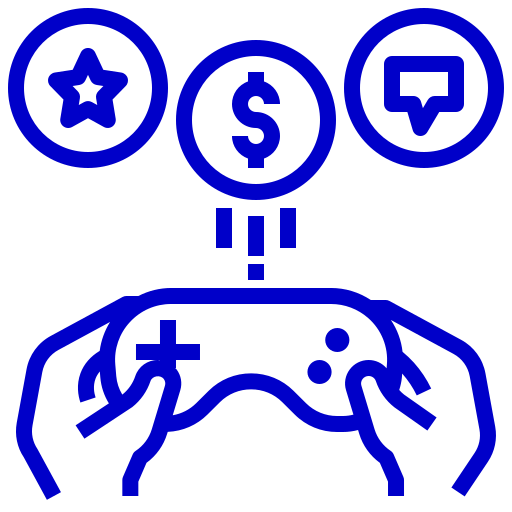 Gamification
Gamification Sales Coaching
Sales Coaching Sales Contest
Sales Contest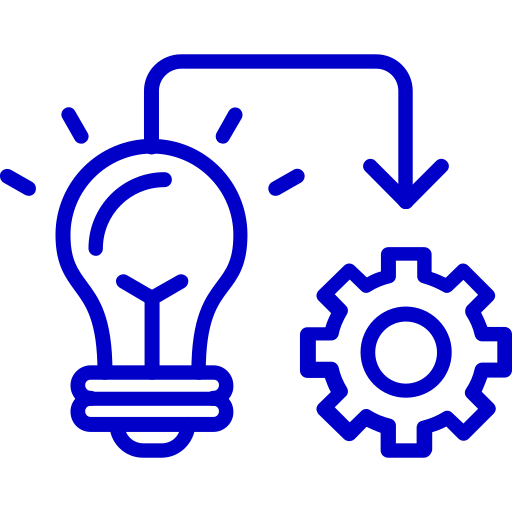 Implementation
Implementation Consulting
Consulting Enterprise Ready
Enterprise Ready Pharmaceuticals
Pharmaceuticals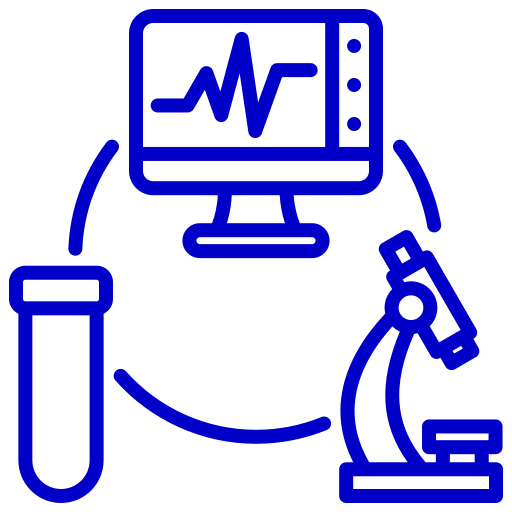 Medical Devices
Medical Devices Insurance
Insurance Banking
Banking Technology
Technology Senior Living
Senior Living Sales
Sales Call Centers
Call Centers Marketing
Marketing Improve Sales Productivity
Improve Sales Productivity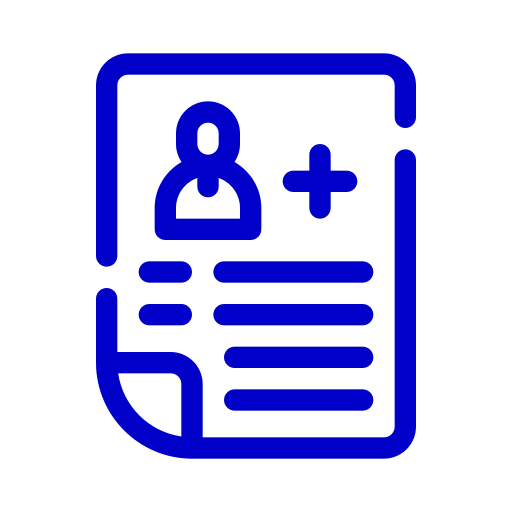 New Hire Onboarding
New Hire Onboarding New Product Launch
New Product Launch Channel Partner Training
Channel Partner Training Sales Events
Sales Events Success Stories
Success Stories Whitepapers and eBooks
Whitepapers and eBooks Contest Template Designer Tool
Contest Template Designer Tool Sales Training
Sales Training Gamification
Gamification All Blogs
All Blogs
